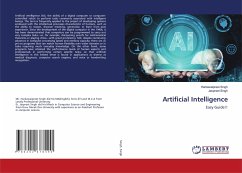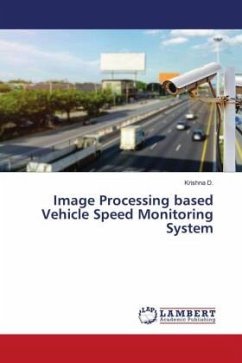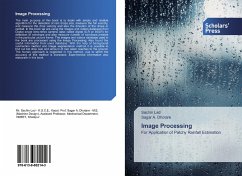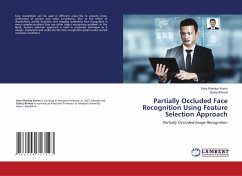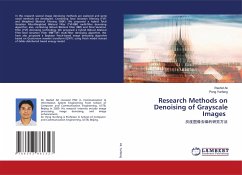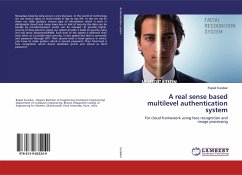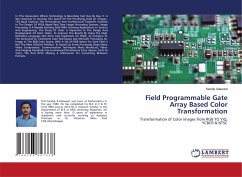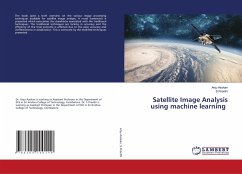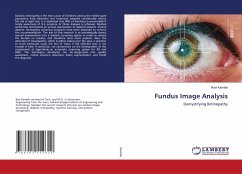
Fundus Image Analysis
Demystifying Retinopathy
Versandkostenfrei!
Versandfertig in 1-2 Wochen
41,99 €
inkl. MwSt.

PAYBACK Punkte
21 °P sammeln!
Diabetic retinopathy is the main cause of blindness among the middle-aged population. Early detection and treatment adapted considerably reduce the risk of sight loss. It is estimated that 80% of blindness is preventable if timely awareness of the presence of these diseases is achieved. Medical authorities recommend an annual examination to diabetic patients. Several diabetic retinopathy screening programs have been deployed to enforce this recommendation. The aim of this research is to automatically detect normal examinations into a diabetic screening system in order to reduce the burden on r...
Diabetic retinopathy is the main cause of blindness among the middle-aged population. Early detection and treatment adapted considerably reduce the risk of sight loss. It is estimated that 80% of blindness is preventable if timely awareness of the presence of these diseases is achieved. Medical authorities recommend an annual examination to diabetic patients. Several diabetic retinopathy screening programs have been deployed to enforce this recommendation. The aim of this research is to automatically detect normal examinations into a diabetic screening system in order to reduce the burden on readers, and therefore serve more patients. Also, the detection of maculopathy, which is yellow lesions near the spot, is essential as it will eventually cause the loss of vision if the affected spot is not treated in time. In particular, we concentrate on the development of the components of algorithmic an automatic screening system for DR and DME. The techniques developed can be categorizedinto quality assessment, retinal structure detection, lesion segmentation, and finally the diagnosis.



